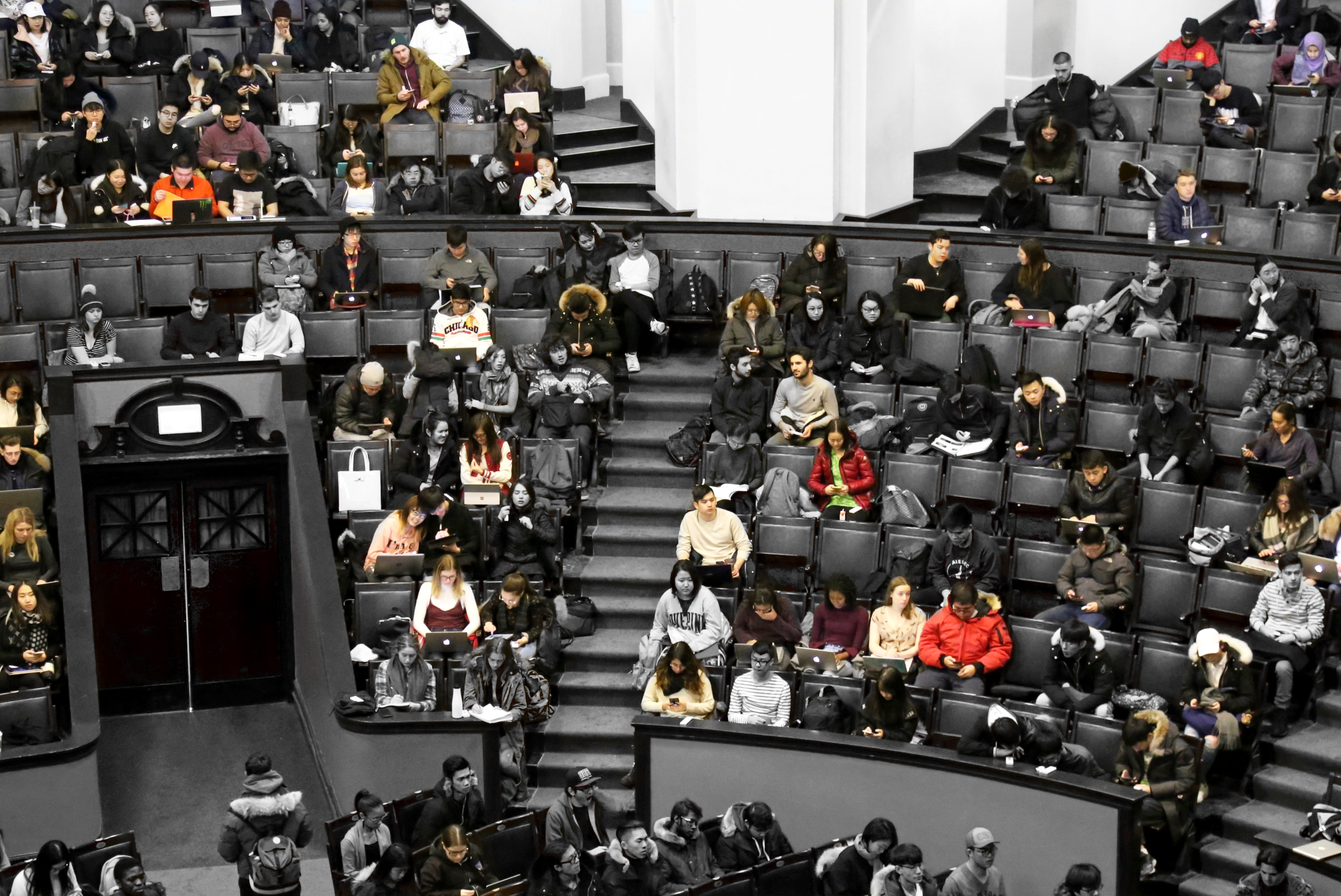[dropcap]I[/dropcap] grew up in a time when movies, computers, and phones were becoming increasingly advanced, portable, and small. When I was in middle school, my teachers and school administrators were caught in an ethical dilemma: should they or should they not ban mobile phones in the classroom? When they realized it was nearly impossible to outright ban phones, they tried to integrate their presence into lessons, turning phones into learning tools instead of distractions.
One such way this pedagogical policy has manifested itself — which, for me, failed to occur during high school years — is the provision of all textbooks online through school-provided laptops and tablets. This is meant to reduce relative cost and space for students while simultaneously allowing them to learn through a more familiar medium than previous generations before them had.
Although this paperless future has not wholly manifested at U of T, it is evidently on its way, judging by an increasing reliance on online textbooks and articles. This reduces both cost and space for students.
What are the implications of the current trajectory that we’re on? From paperless education to seemingly paperless careers, how do we meaningfully remain connected to the world on a physical level?
For instance, would someone from 30 years ago with no experience of current technologies recognize a classroom or café on campus filled with laptops, cellphones, and other devices? Likely not.
However, our society has in many ways not fundamentally transformed. The phenomenon of having physical objects connected to the internet — dubbed the ‘Internet of Things’ (IoT) — plays an enormous role in its popularity and ubiquity. Our attachment to tangible objects is at the core of the IoT.
The IoT has an enormous disruptive potential, which is only just beginning to be recognized. According to Forbes, the potential for total connectivity can help us focus on becoming the most accomplished versions of ourselves. Oftentimes, the IoT has been envisioned as a sort of coming-of-age of artificial intelligence, with concepts such as smart fridges, which can predict one’s shopping habits and order food based on their data, among other things.
There is a great potential for the IoT on university campuses, which is just beginning to be explored as well. Arizona State University (ASU), for example, uses the IoT at its stadium to determine whether faucets at its facility are left running after a game. This simple use of the technology helps the university reduce its waste. Further, ASU is also exploring how to inform students remotely on things like real-time parking availability and estimated restroom wait times. It’s easy to see this applied to more substantial endeavours, such as more efficient time management, energy efficiency, and improved health and wellness.
Our professors at U of T should be mindful that, although there are certainly many innovations yet to come, the IoT is here. While there are some professors who cling to the notion that dictating laptop bans are the best way to ensure that students gain a meaningful experience, this generation and the ones after us will be increasingly connected to the IoT. Instead of denying this reality, we should integrate it into our lives positively.
As of now, the IoT has not yet been fully integrated — but when it is, let’s be prepared to embrace it.
